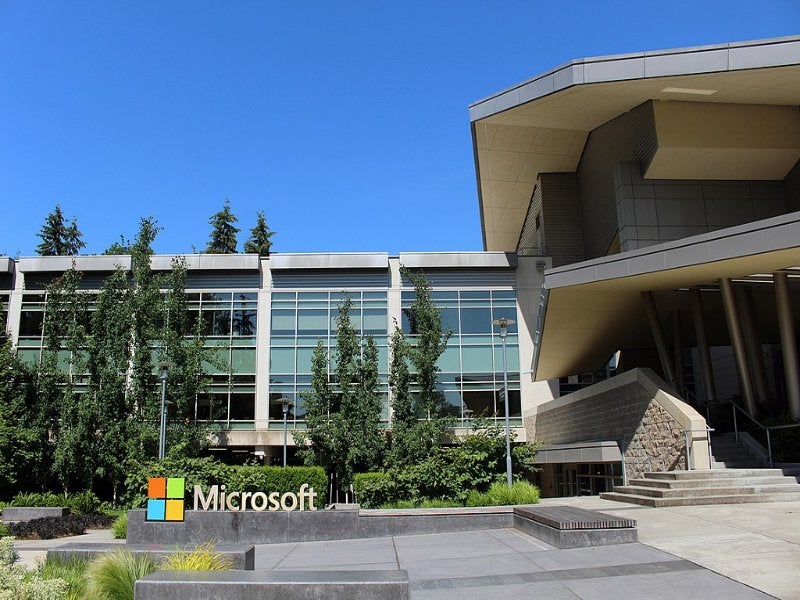
JERA and Microsoft have joined forces in a strategic collaboration aimed at creating and delivering cloud solutions tailored to the energy sector. These solutions are designed to enhance operational efficiency while simultaneously mitigating the adverse environmental effects of power plants. The primary objective of this partnership is to expedite the transition towards modern work practices, address worldwide energy-related issues, and contribute to the realisation of a more environmentally sustainable society.
In this collaborative effort, the two companies will broaden the scope of JERA’s Digital Power Plant (DPP) solutions portfolio and drive transformation in the energy sector’s working practices. Moreover, they aim to make substantial contributions to addressing global energy challenges in alignment with JERA’s ambitious ‘JERA Zero Emission 2050’ initiative. Key facets of this partnership encompass the co-creation of pioneering Operation & Maintenance (O&M) solutions, the establishment of a shared operational framework, and a combined commitment to ensuring the success of their customers.
The collaborative development of novel Operation & Maintenance (O&M) solutions will harness the capabilities of Microsoft’s cloud and AI technologies, including Generative AI and Azure Digital Twins. These technologies will be combined with JERA’s operator expertise, power plant data, and operational knowledge to optimise the performance of efficient power plants, thereby reducing downtime and minimising CO2 emissions. This approach aligns with efforts to reduce the environmental footprint of power generation.
As part of this initiative, the companies will pioneer an inventive application of a Generative AI-based enterprise knowledge advisory system integrated with the Industrial Metaverse in power plant operations. This innovative approach promises to significantly enhance asset management efficiency in a sector known for its asset-intensive nature. A prototype of this system will be deployed at JERA’s Anegasaki Thermal Power Station to demonstrate its efficacy, with plans to eventually offer this technology to customers in the industry.
A collaborative operational entity known as the ‘Digital Acceleration Office’ (DAO) will be established with the primary aim of expediting innovation within the energy sector. The DAO will dedicate its efforts to the creation of pioneering solutions and business models that bolster the resilience and efficiency of power plant operations. These enhancements will not only contribute to the stability of power supply but also align with the overarching goals of JERA Zero Emission 2050, ultimately playing a significant role in the development of a sustainable society.
These companies plan to provide solutions to one another’s customers by leveraging JERA’s extensive industry expertise and Microsoft’s expansive cloud network and diverse partner ecosystem. By offering innovative solutions through this collaborative approach, they aim to play a key role in addressing global energy challenges and driving a transformation in the energy industry’s work practices, with a particular focus on the Asian region.
JERA Global CEO Yukio Kani said: “JERA is excited to partner with Microsoft and we look forward to working with them to develop solutions capable of responding to global energy challenges while revolutionising energy industry workstyles.
“The incorporation of innovative digital software such as Generate AI and Azure Digital Twins will enable JERA DPP to accelerate its efforts to realise a next-generation O&M power plant model. I am confident that the solutions developed through this collaboration will in time play a pivotal role in transforming power plant operation within the wider industry.”




